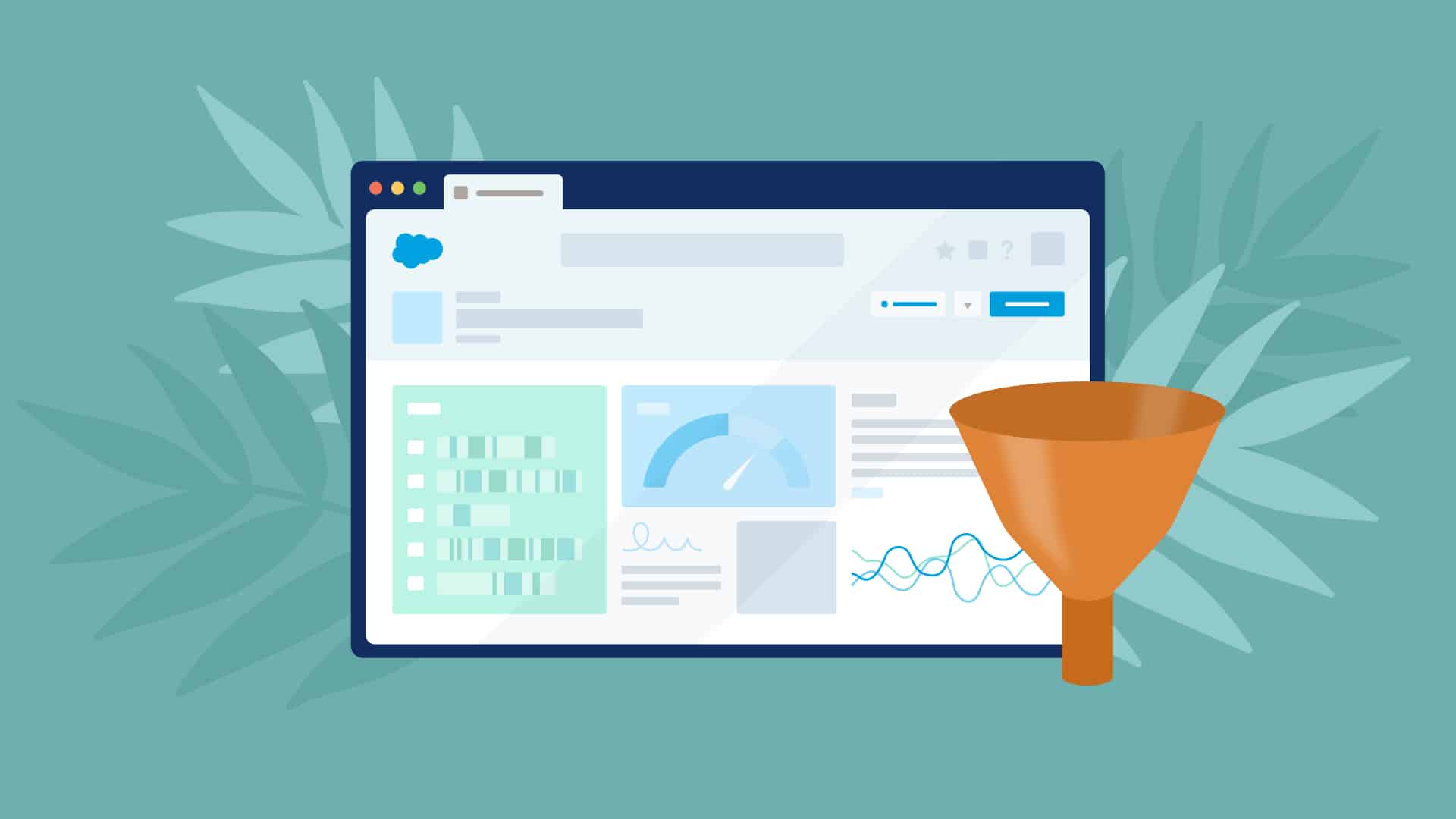
A sales funnel refers to a visual representation and conceptual model of the customer journey from the initial contact with a business to the final purchase. It illustrates the different stages a potential customer goes through before becoming a paying customer.
The sales funnel is divided into several stages that reflect the customer’s level of interest and engagement. While the specifics may vary depending on the business and industry, the typical stages of a sales funnel are as follows:
- Awareness – Potential customers come across your business through various marketing channels such as social media, search engines, advertising, or word-of-mouth referrals.
- Interest – Once aware, the potential customer develops an interest in what your business offers.
- Considerations – The potential customer starts evaluating your offerings in more detail.
- Decisions – The decision stage is where the potential customer is ready to make a purchase.
- Action – The action stage marks the conversion of a potential customer into an actual customer.
- Retention– After the initial purchase, the focus shifts to customer retention.
The sales funnel model helps businesses understand and optimize their customer acquisition process. By analyzing each stage’s conversion rates and identifying areas for improvement, professionals from Bubblegum funnel agency implement strategies to attract more potential customers, nurture their interest, and increase the likelihood of converting them into paying customers.
Sales funnel types proven to escalate conversions
There are various types of sales funnels that have been proven to escalate conversions. These funnels are designed to guide potential customers through a series of steps or stages, with the goal of converting them into paying customers. Here are four commonly used sales funnel types:
- Lead Generation Funnel: This type of funnel focuses on capturing leads and building a customer database. It typically starts with an attention-grabbing lead magnet, such as a free e-book, webinar, or downloadable resource. The lead is then nurtured through email marketing or other communication channels, providing valuable content and gradually introducing offers to convert them into customers.
- Tripwire Funnel: A tripwire funnel aims to convert leads into buyers by offering them a low-priced, high-value product or service. The initial offer, known as a tripwire, is designed to be an irresistible deal. Once the customer makes a purchase, they enter the funnel and are presented with upsells and higher-priced products or services.
- Webinar Funnel: Webinar funnels are particularly effective for selling high-ticket products or services. They typically involve driving traffic to a webinar registration page, where potential customers sign up to attend a live or pre-recorded presentation. During the webinar, valuable content is provided, and at the end, a sales offer is made. Follow-up sequences are then used to convert those who attended into customers.
- Product Launch Funnel: This funnel is commonly used for introducing a new product or service to the market. It involves creating anticipation and excitement through a series of pre-launch content, such as videos, blog posts, or social media teasers. Once the product is launched, customers are directed to a sales page or order form to make a purchase. Time-limited offers and scarcity tactics can be employed to boost conversions.
Remember that the effectiveness of a sales funnel depends on various factors, including your target audience, industry, and the quality of your offer. It’s important to continuously test and optimize your funnels to improve conversion rates and maximize results.
